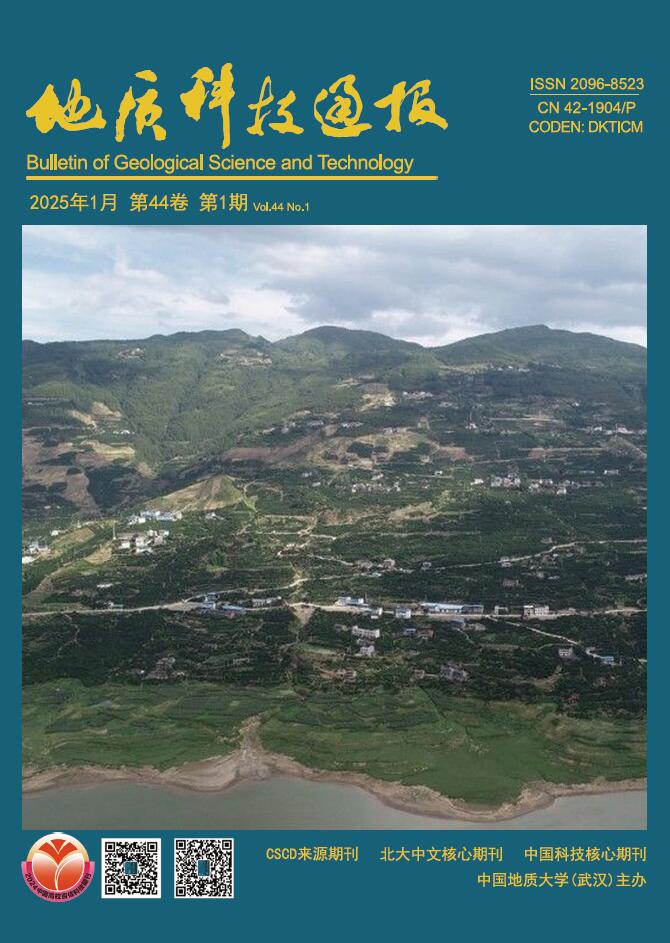Abstract:
Sixteen light oil samples from Huangyan structural belt, Pingbei area and Ningbo structural belt in Xihu Depression were analyzed by geochemical analysis. The crude oil samples are rich in biomarkers related to the input of terrestrial higher plants, especially the tricyclic and tetracyclic diterpenes and their aromatization compounds derived from angiosperm, gymnosperms, and pteridophytes, while the content of biomarkers reflecting the input of aquatic plants are relatively low. The distribution of these high plant biomarkers between different local structures is obviously different, such as isopimarane/nC20, isopimarane/(isopimarane+16β(H)-phyllocladane), 1, 2, 5-trimethyl naphthalene/1, 3, 6-trimethyl naphthalene, and 1, 7-dimethyl phenanthrene/(retene+1, 7-dimethyl phenanthrene). These differences indicate that there are high contents of gymnosperms input, and low contents of pteridophytes and angiosperms input of crude oil from the Ningbo structural belt as well as the Pingbei area. However, crude oil from the Huangyan structural belt has more pteridophytes input and fewer angiosperms and gymnosperms input. In this study, whole oil gas chromatography-mass spectrometry analysis was used to develop a relationship between saturated hydrocarbons and aromatic hydrocarbons. The ratio of (isopimarane+1, 7-dimethyl phenanthrene)/(retene+16β(H)-phyllocladane) was proposed as an index to reflect the provenance of organic matter of light oil in Xihu Depression, and the positive correlation between the parameter values and whole oil carbon isotope values proves that the gymnosperms have the most important hydrocarbon-generating contribution to the crude oil in Xihu Depression.







